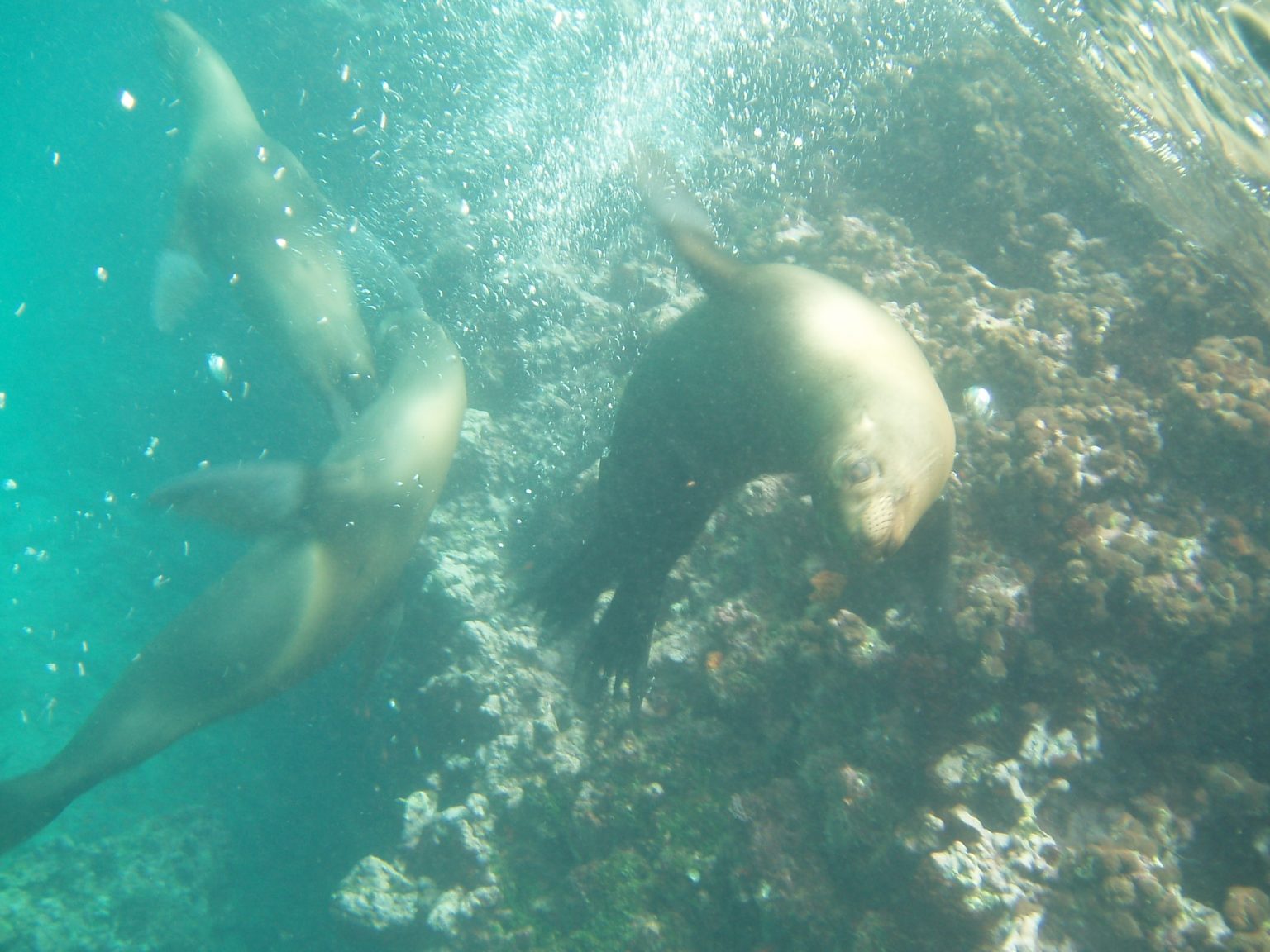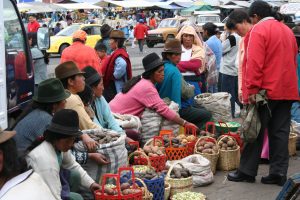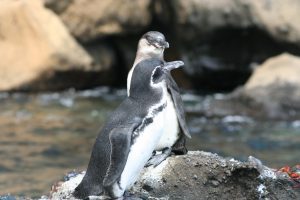🙂 Flamingoes! Frigates!
We had a fairly hectic crossing and woke with the rough seas. After breakfast we headed to Las Bachas beach. The beach is named after the US WW2-era barges washed up there (only one remains).
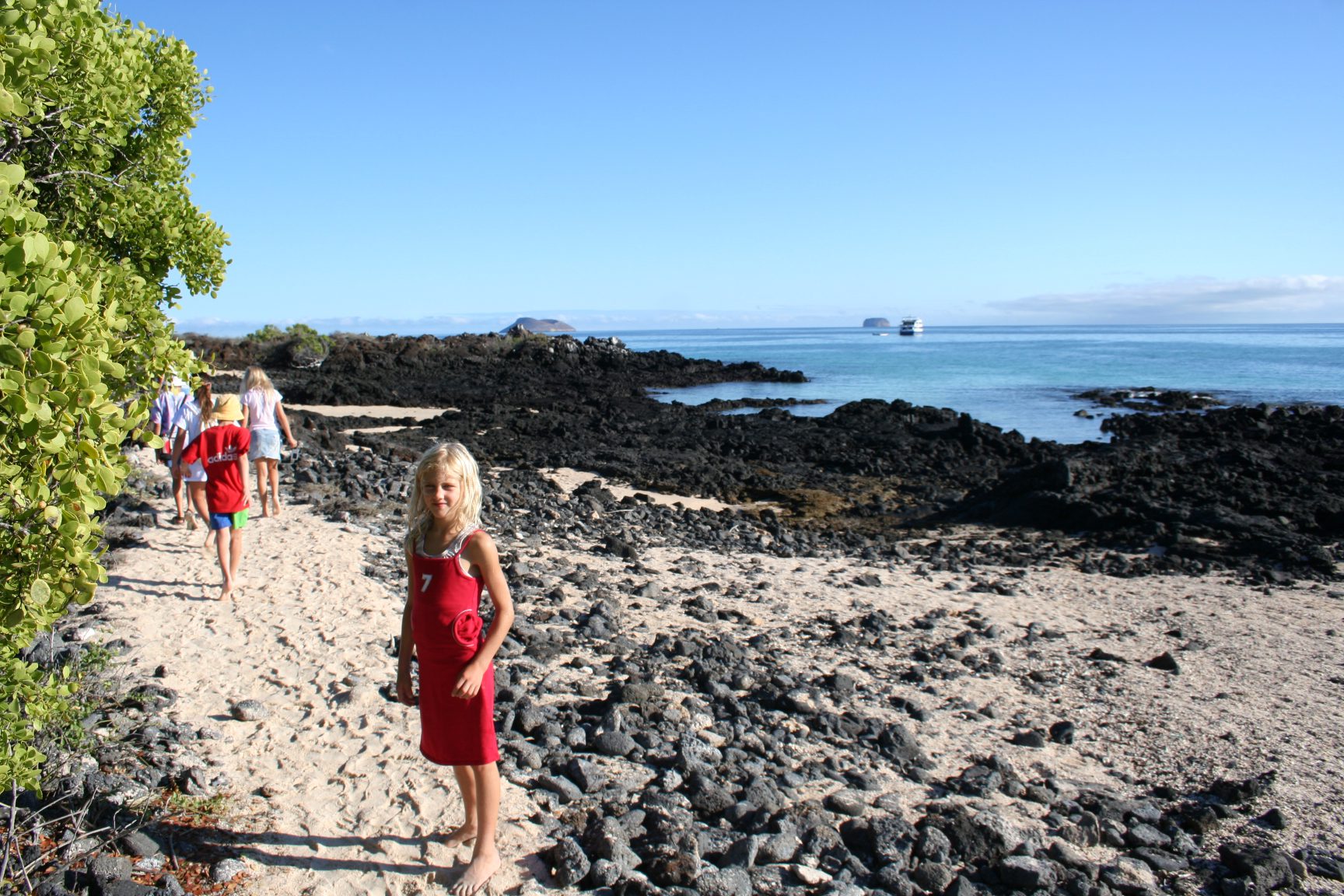
This is a great place to see wildlife – diving sea birds galore, and behind the sand dunes, pink flamingoes pose in a lake.
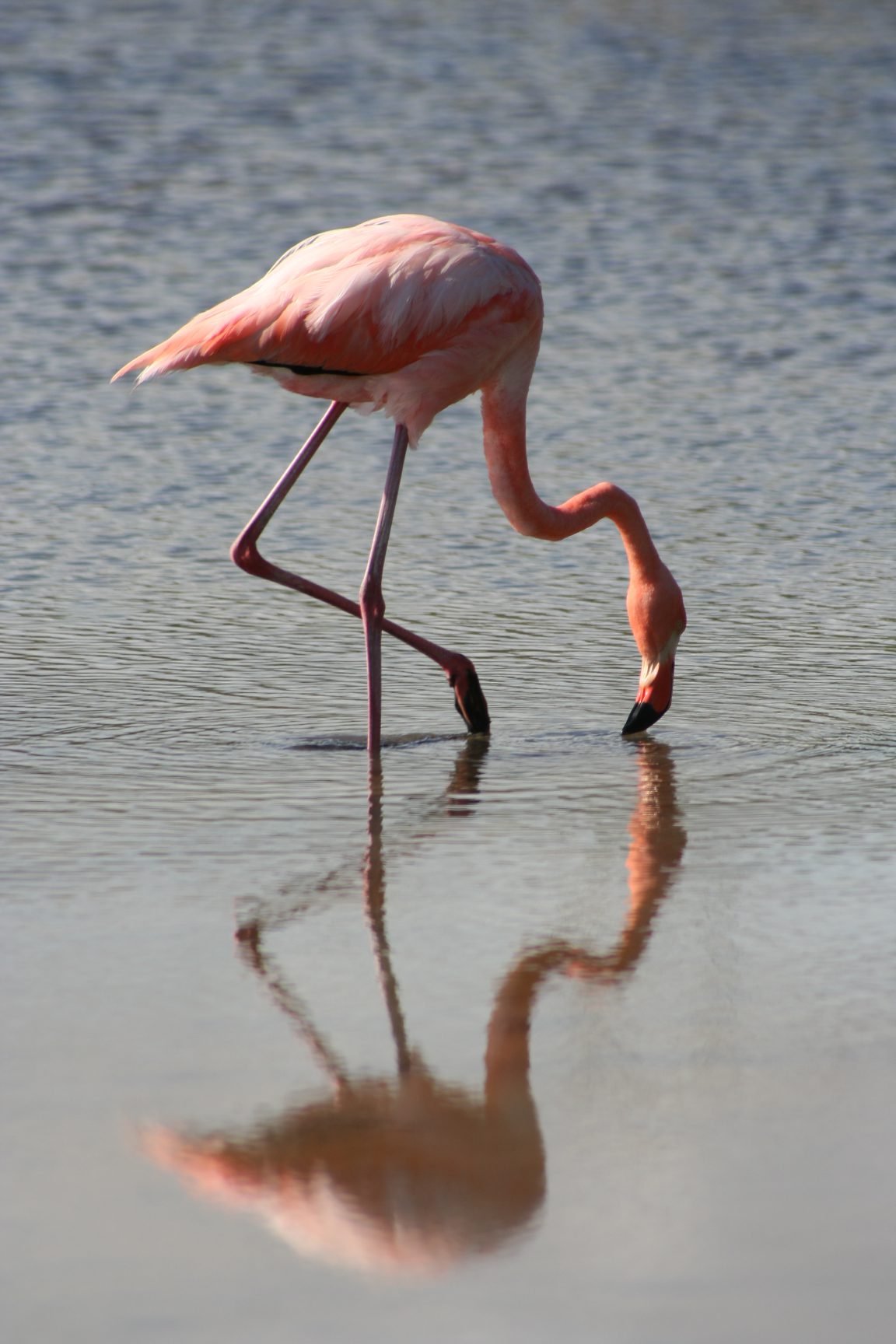

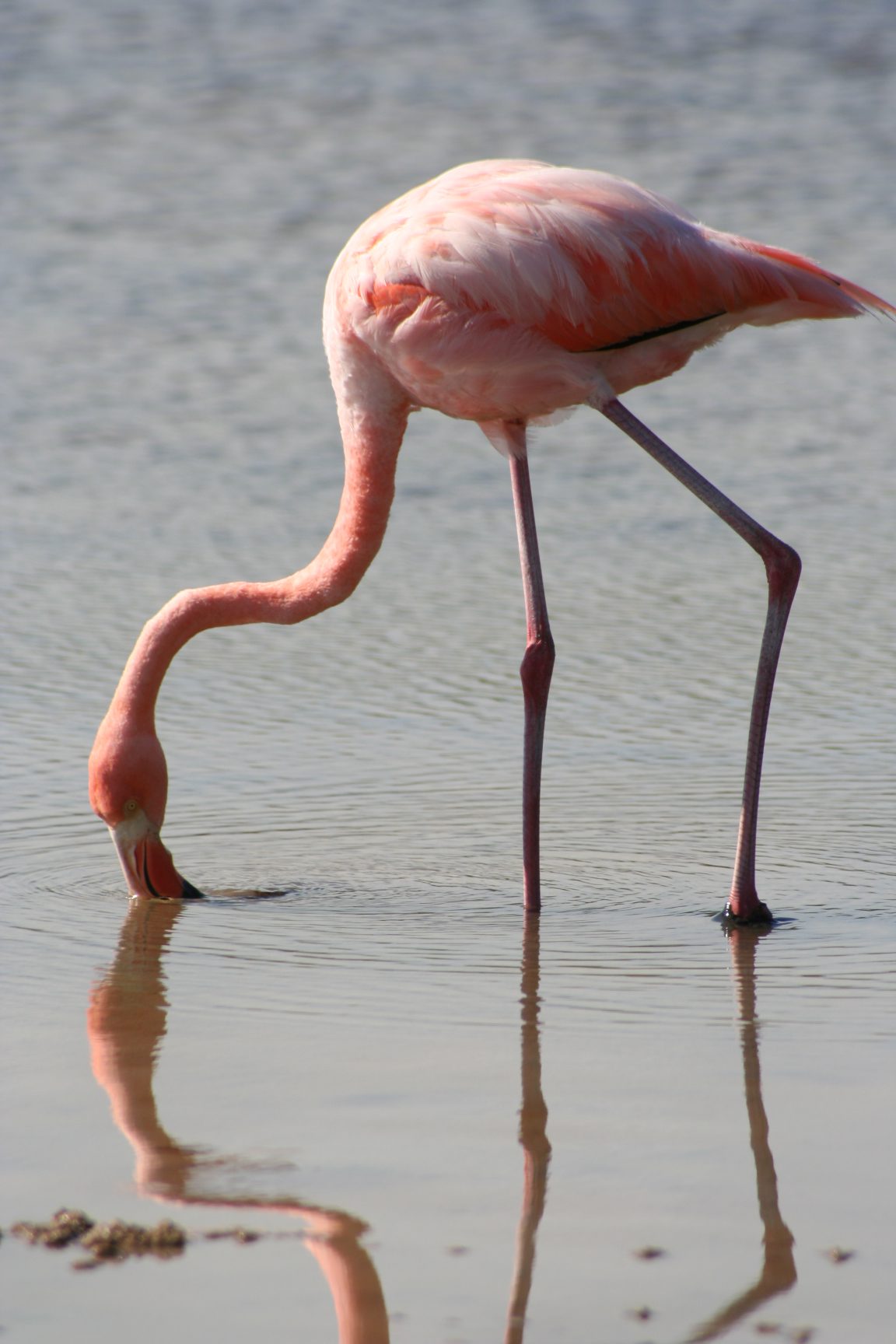
The sand is soft and uncharacteristically(for Galapagos) white. There was evidence of where the turtles had come into lay their eggs. Marine iguanas, crabs, seals, lava lizards – spectacular.
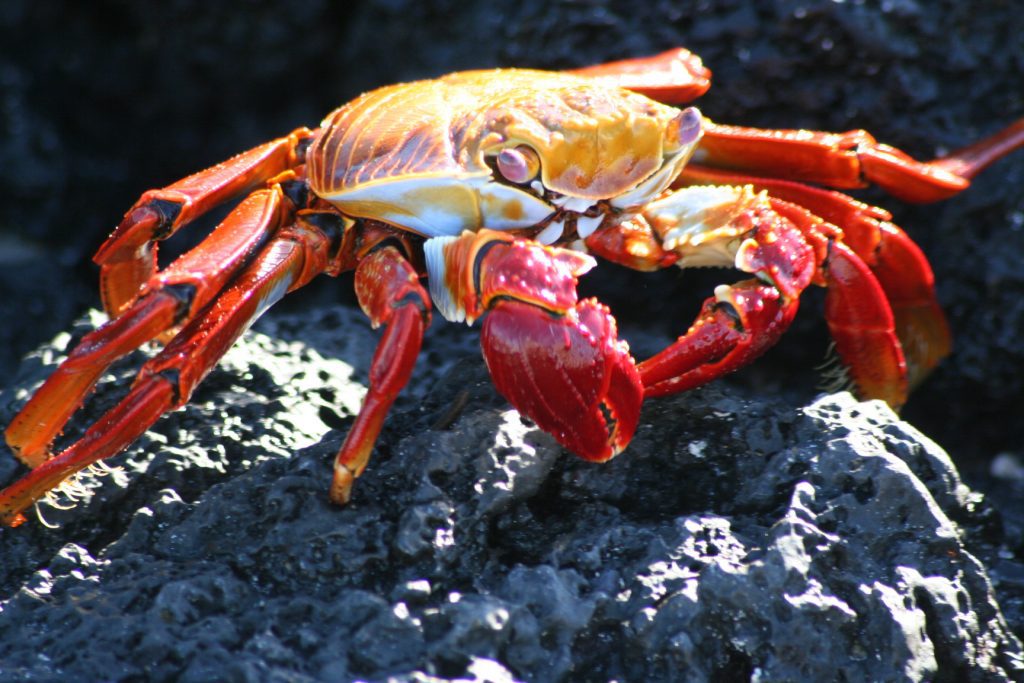
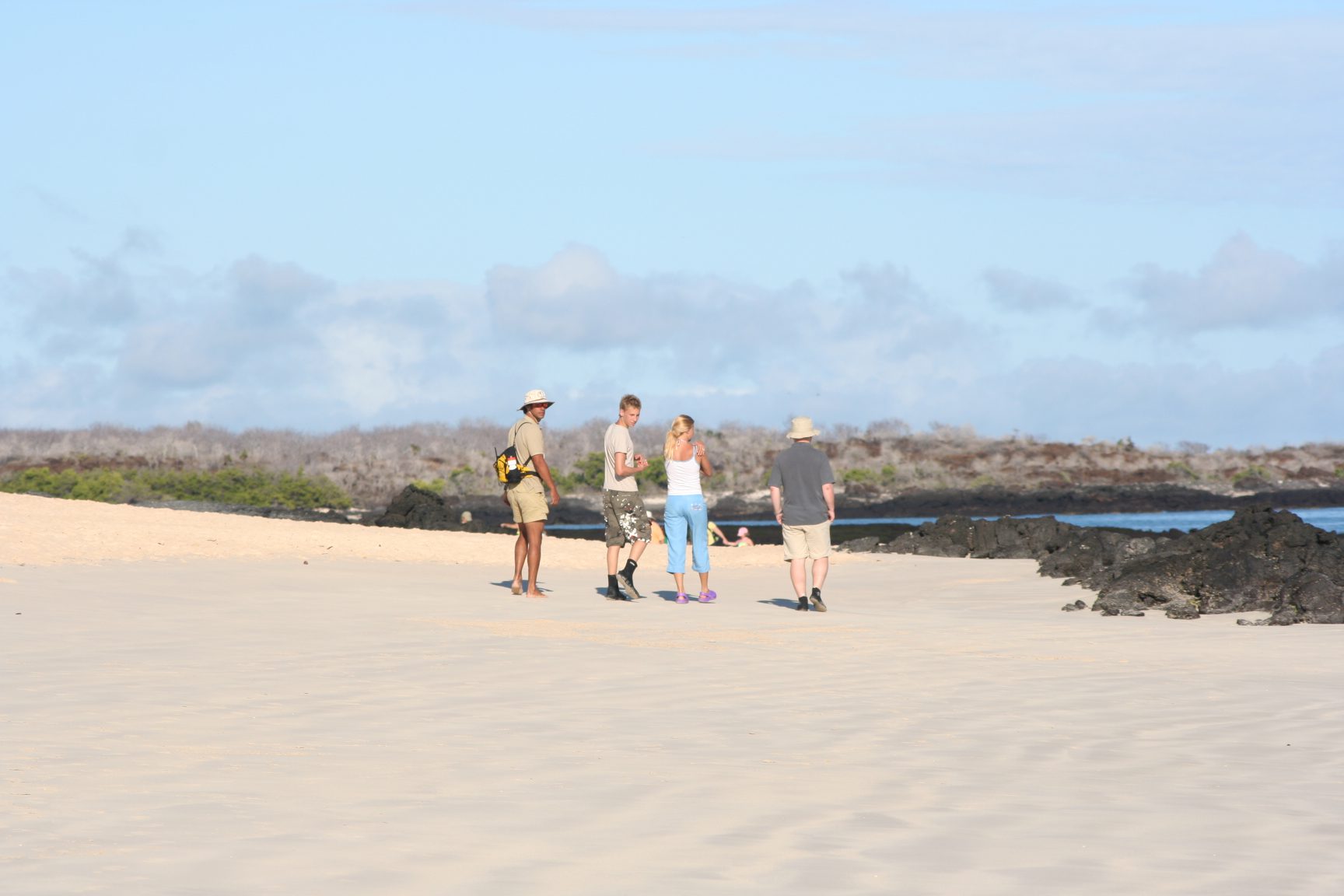

North Seymour was our next stop. Beautiful heron.
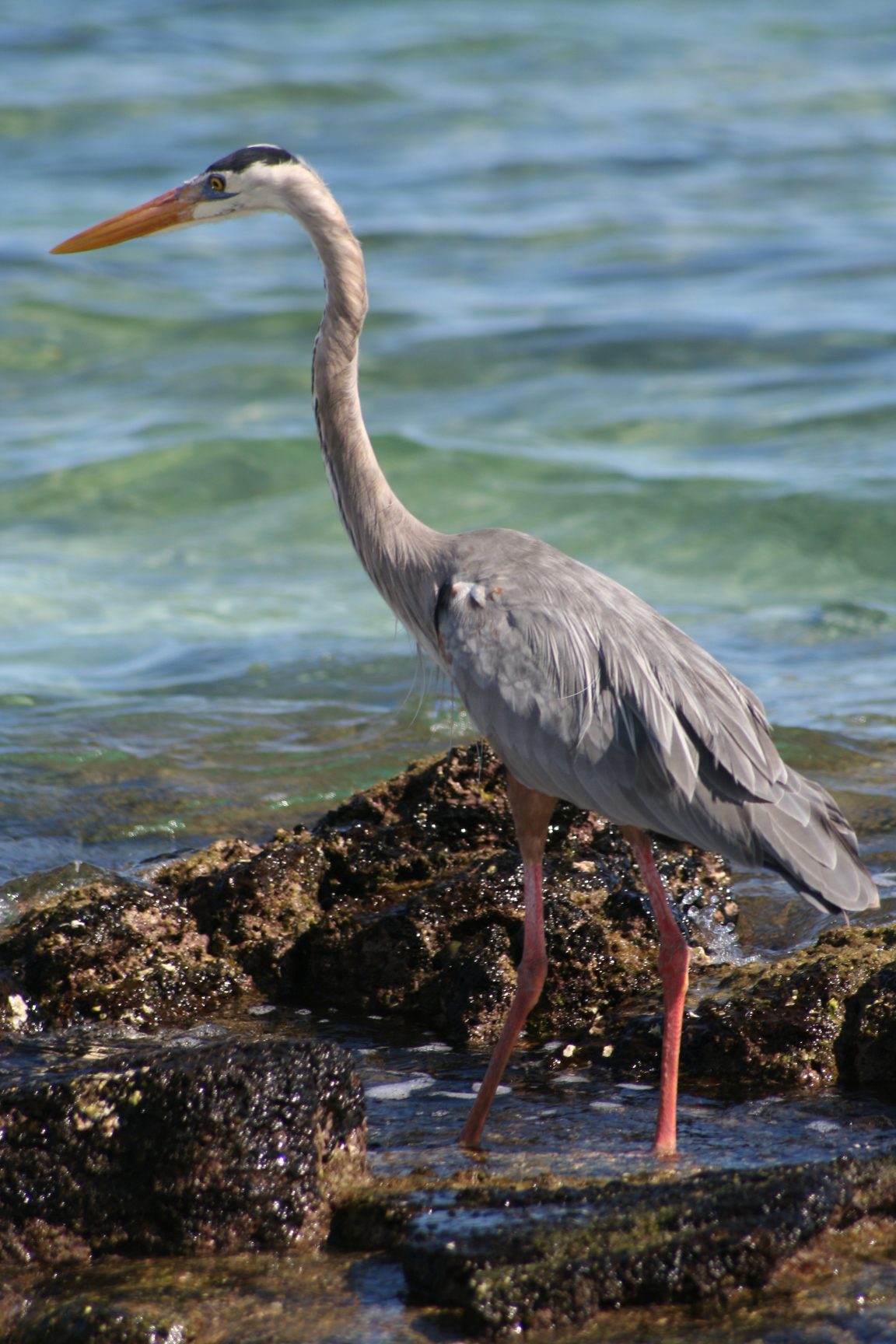

The large cold-blooded land iguanas have a mutualistic relationship with finches – which can often be seen sitting on their backs, picking ticks from between their scales. The population of land iguanas has undergone a severe decline over the last 150 years and, until 2019, were locally extinct on Santiago island. Female land iguanas have been known to travel great distances to find the ideal nesting place. Once she has found a satisfactory site, the female buries her clutch of approximately 20 eggs. She then guards her eggs, protecting them from other females which may dig them up when looking for a place to bury their own eggs. Males will also guard the territory – bobbing their heads, thrashing their tails and biting at any opponent who strays into the vicinity. The eggs hatch after 85 to 110 days, but it may take the hatchlings up to a week to dig themselves out of their nest. Young iguanas are very vulnerable to predation for the first few years of their life, however the risk of predation decreases as they grow larger. They generally reach maturity between eight and 15 years of age and can live up to 50 years.
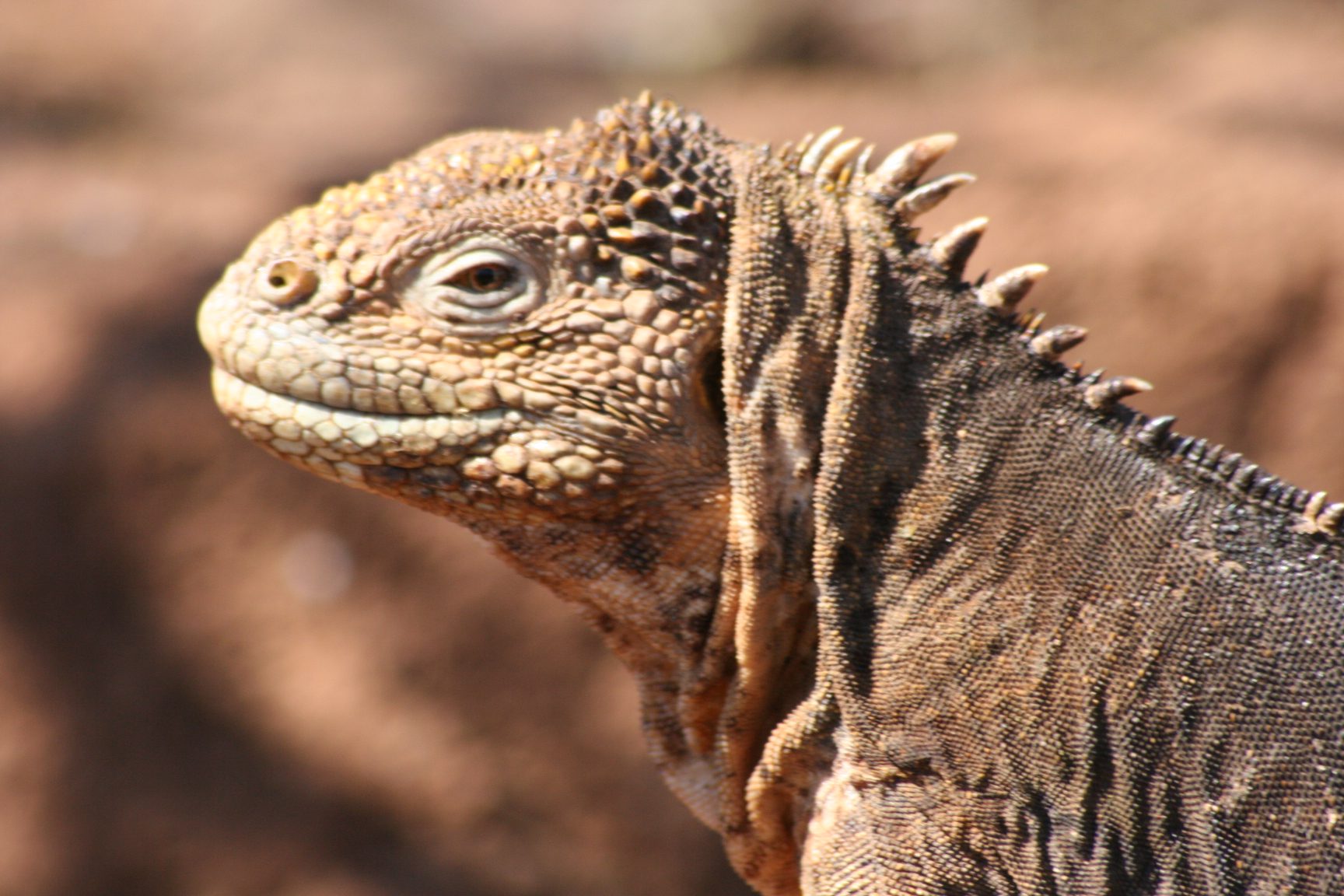
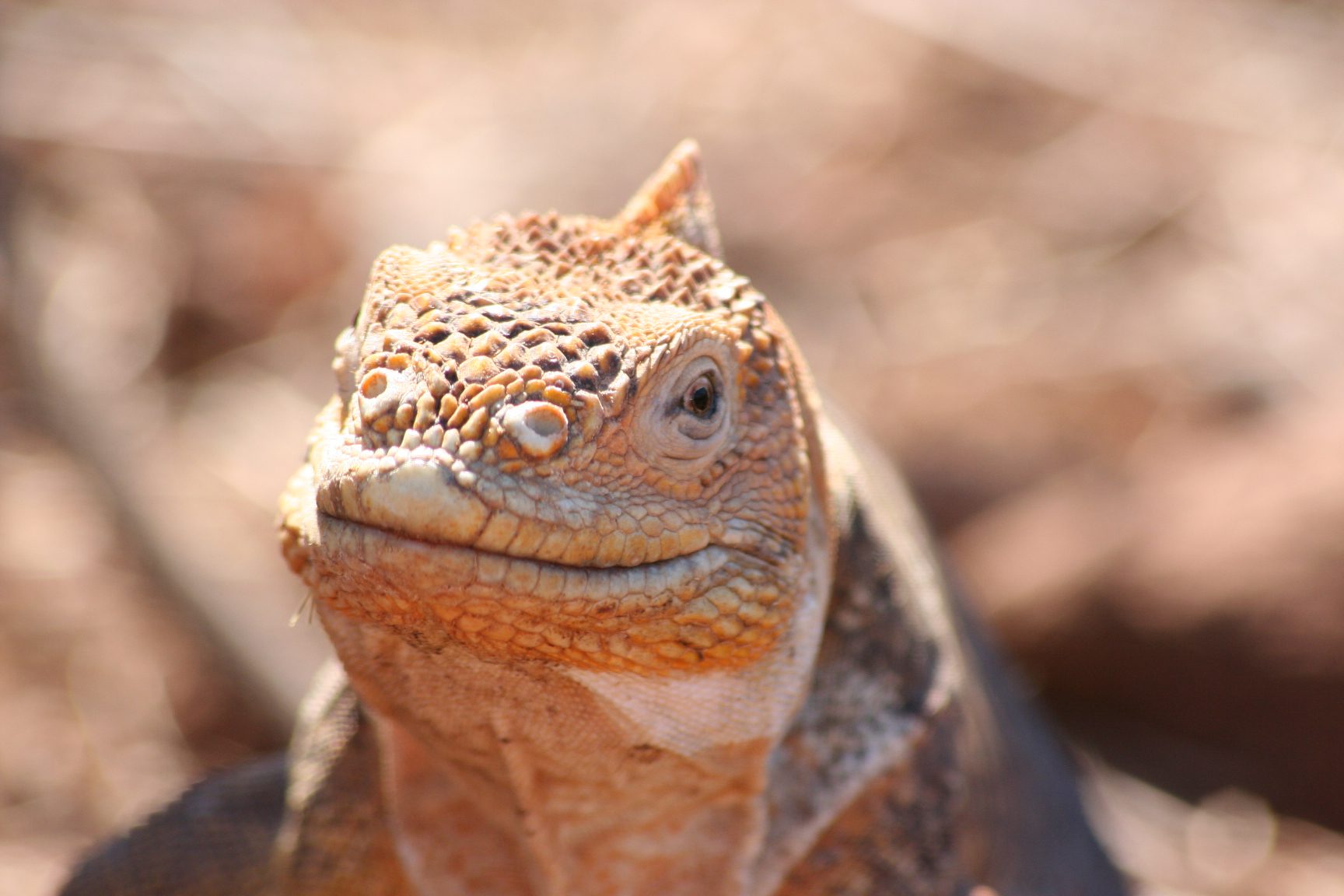
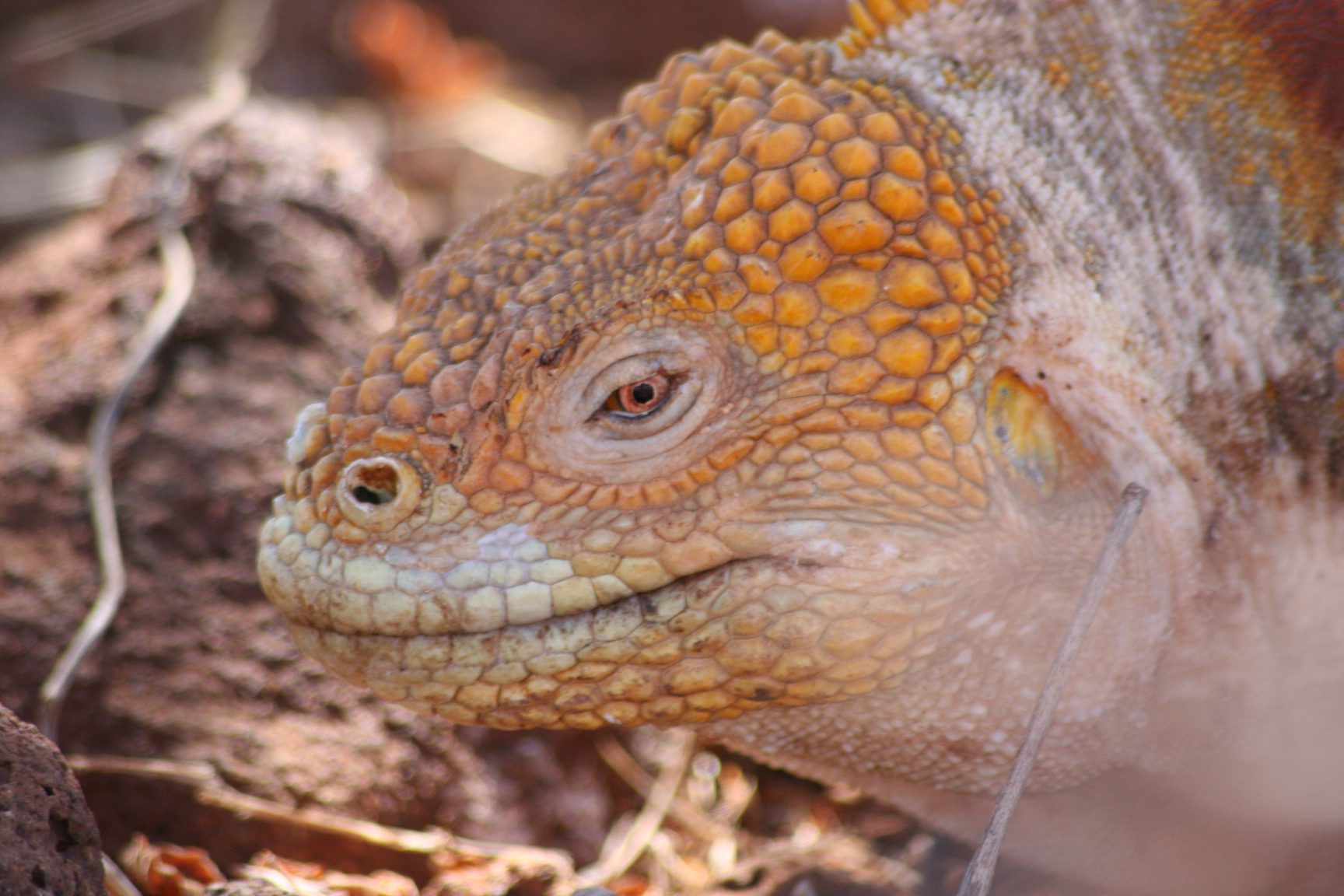
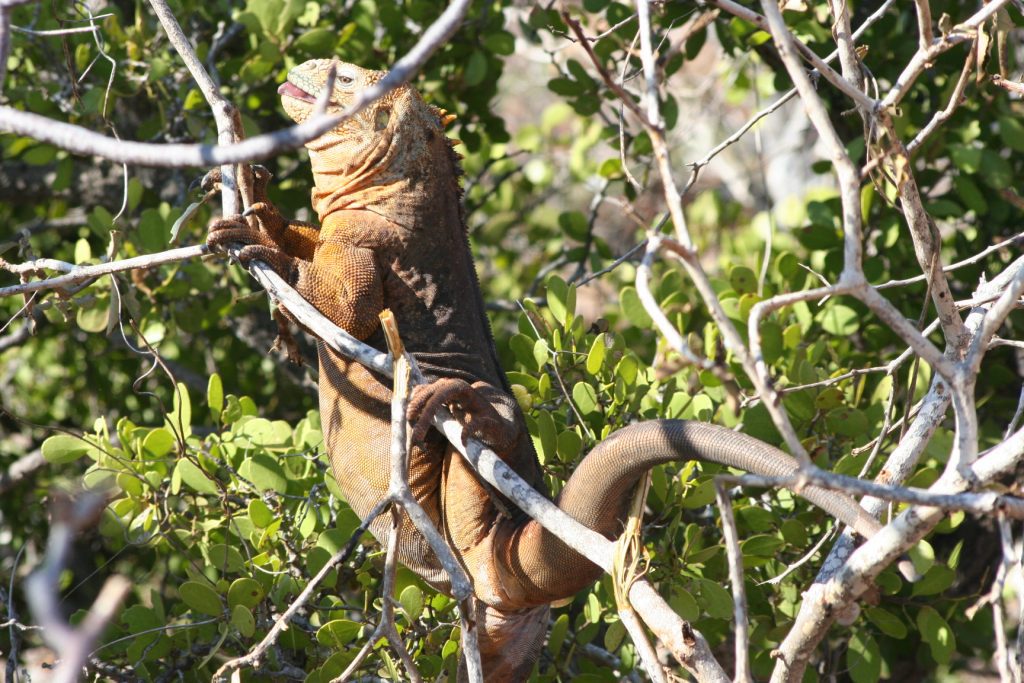
Left for our scuba dive at 10.30am. Paul was annoyed as we had to swim against the current on the first dive. Saw 2 moray eels and a hammerhead shark plus moorish idol, and thousands of garden eels. Next dive was absolutely excellent! Saw 5 large white tip sharks, moray eel, marble ray and octopus which squirted blank ink as it fled from us. The seals were hunting and we sat on the sea bed and watched them create bait balls and then explode into them devouring as many as possible. One of the best diving experiences ever! We did a dry landing but were pushed aside by a protective mother guarding her baby as we tried to come ashore. The bull then lurched forward also aggressively guarding the territory. A bit scary! The walk back was excruciating in searing heat and a bit depressing spotting a dead sea lion pup.


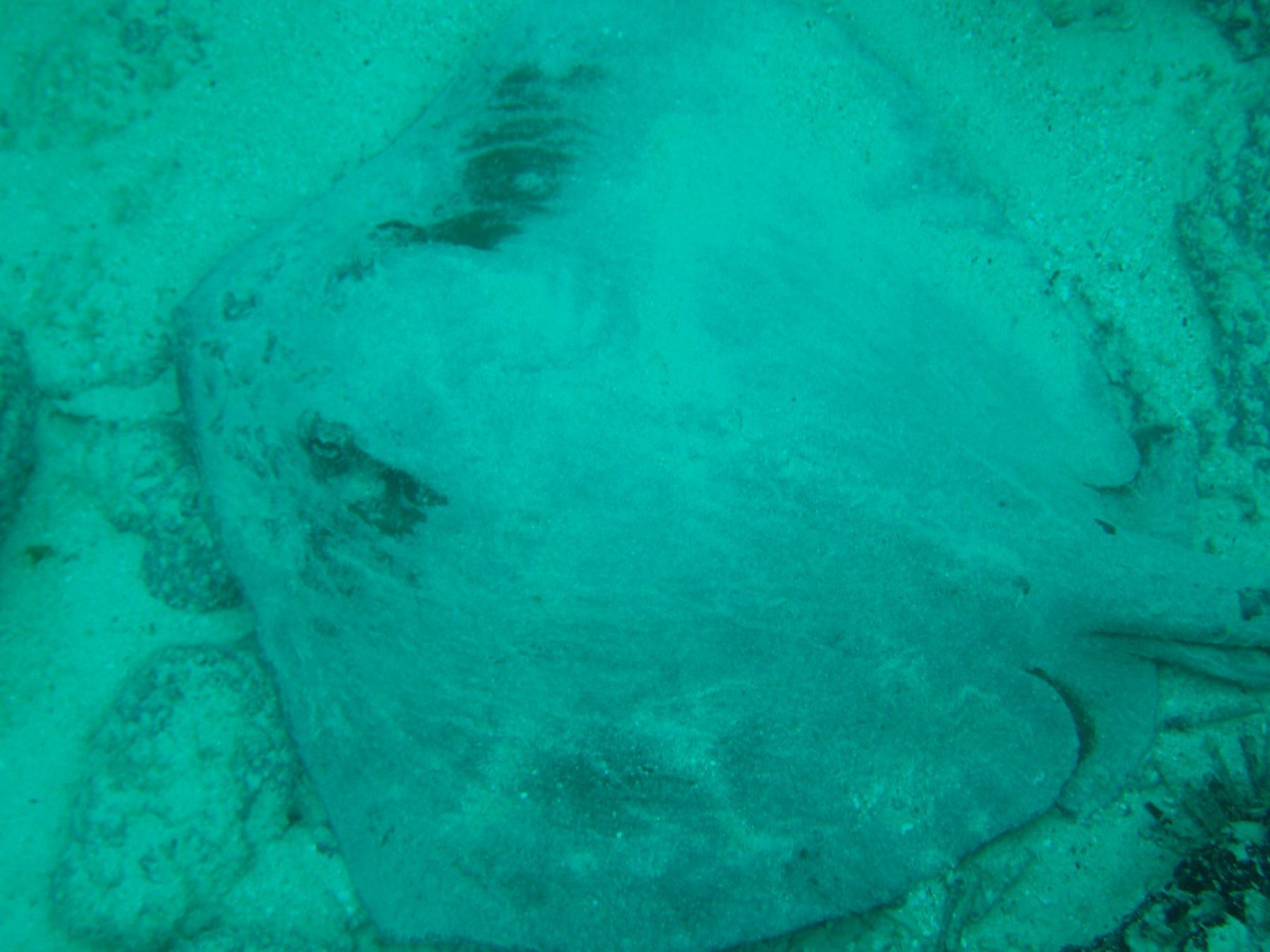
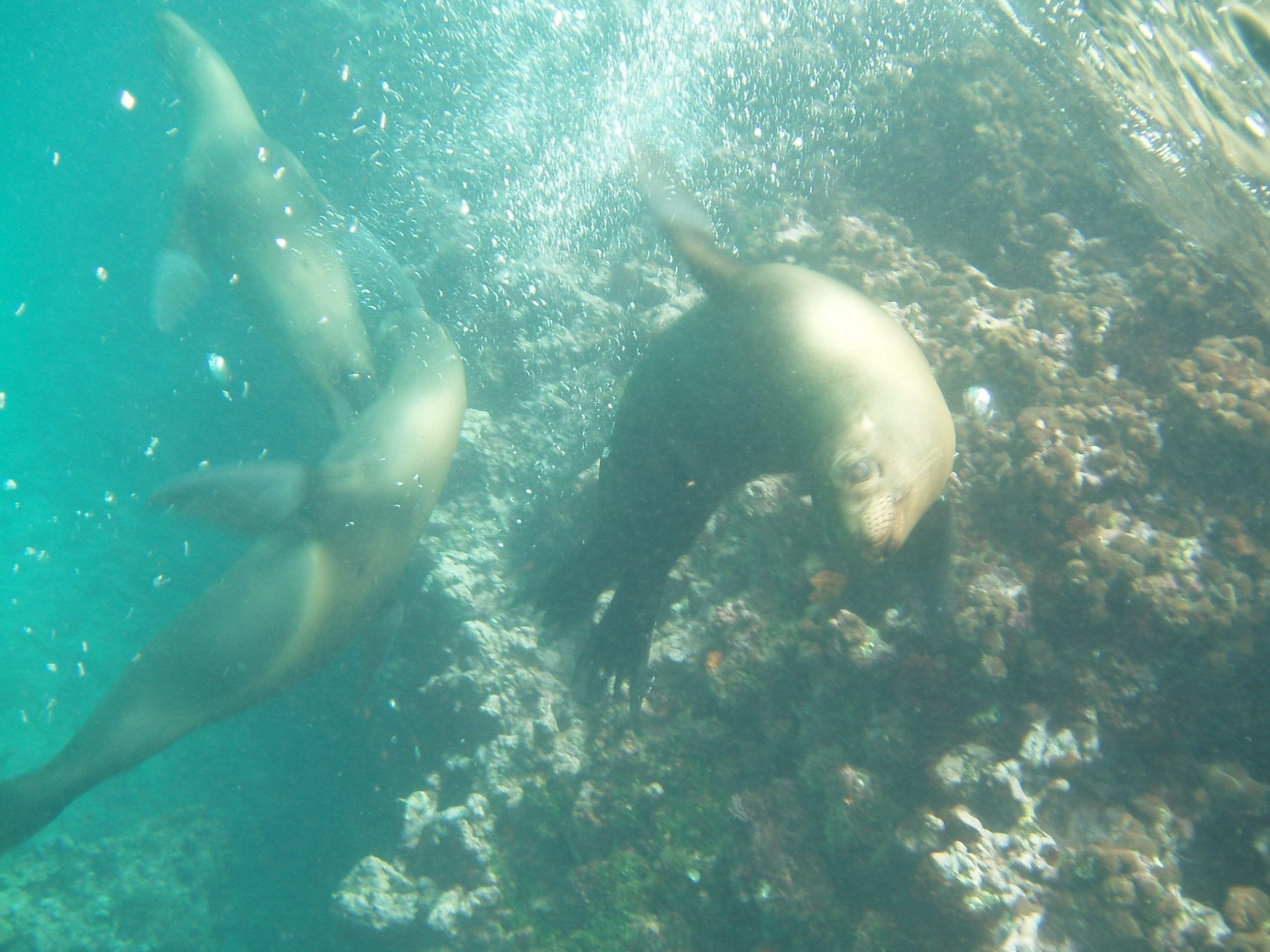
The habitat changes to arid scrubland, leading visitors into the heart of the largest Frigate Bird colony at the Galapagos Islands. Here you can spot both Magnificent and Great Frigates. The wonderful spectacle of male frigates trying to attract a female to their nest was great to witness. They inflate their impressive red throat pouches like balloons, and spread their wings to attract attention. Females fly overhead, sizing up their options, before choosing their mate.
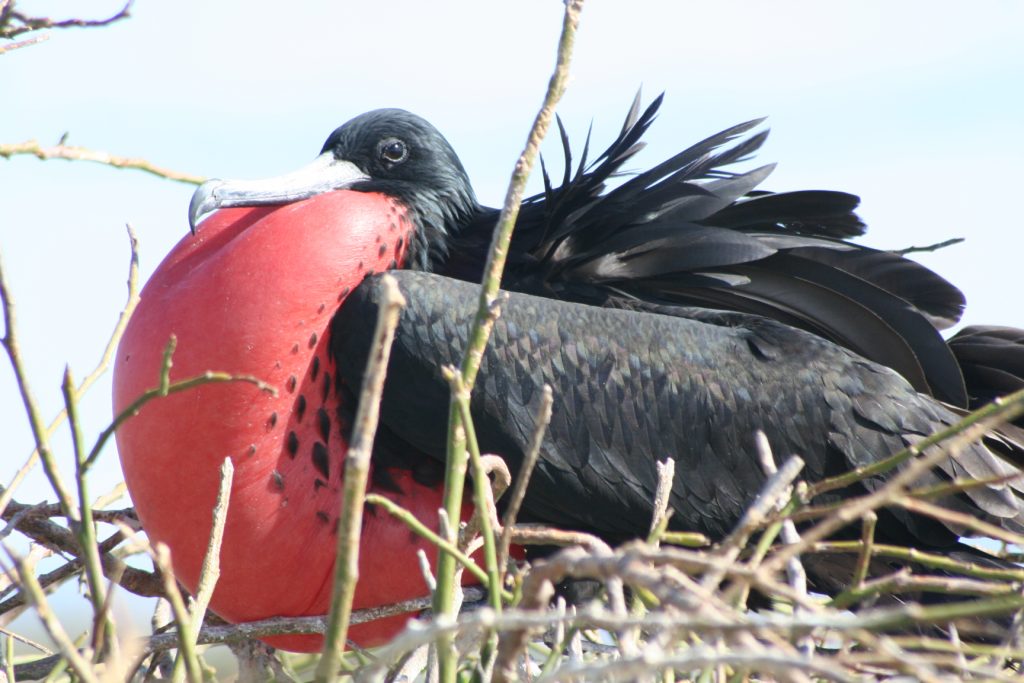
We saw many frigates birds with their puffed up red chests courting. Carlos said that Pepe’s group with the hideous British woman complained because we had walked ahead of them – we were only walking where we had been guided and agreed that she was most unpleasant. After lunch we had spinner dolphins enjoying our wake and then a huge manta at the surface.
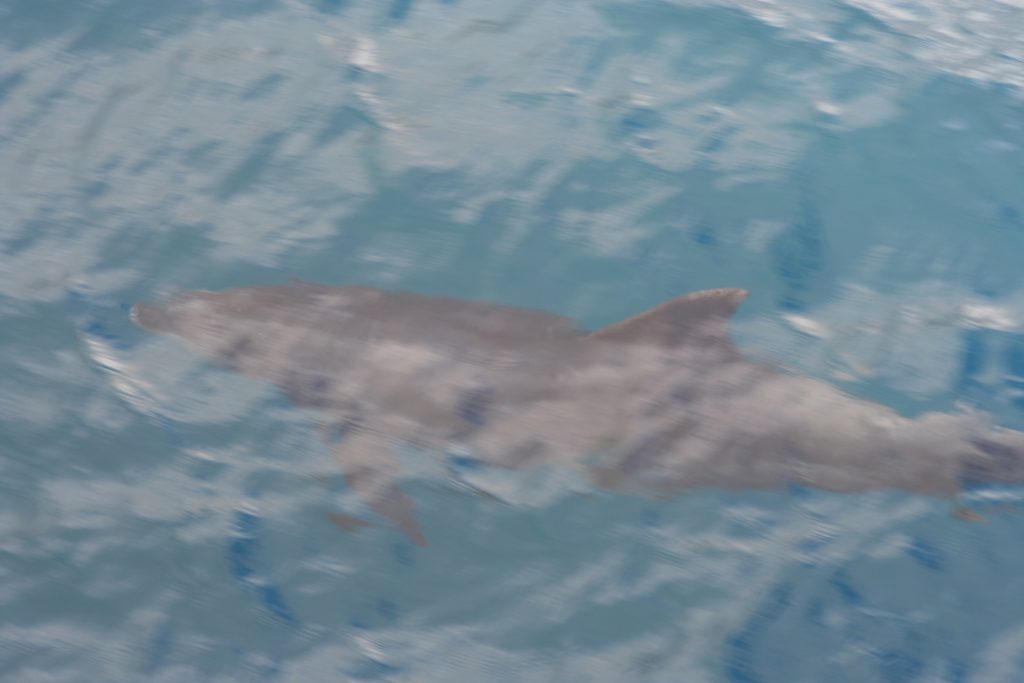
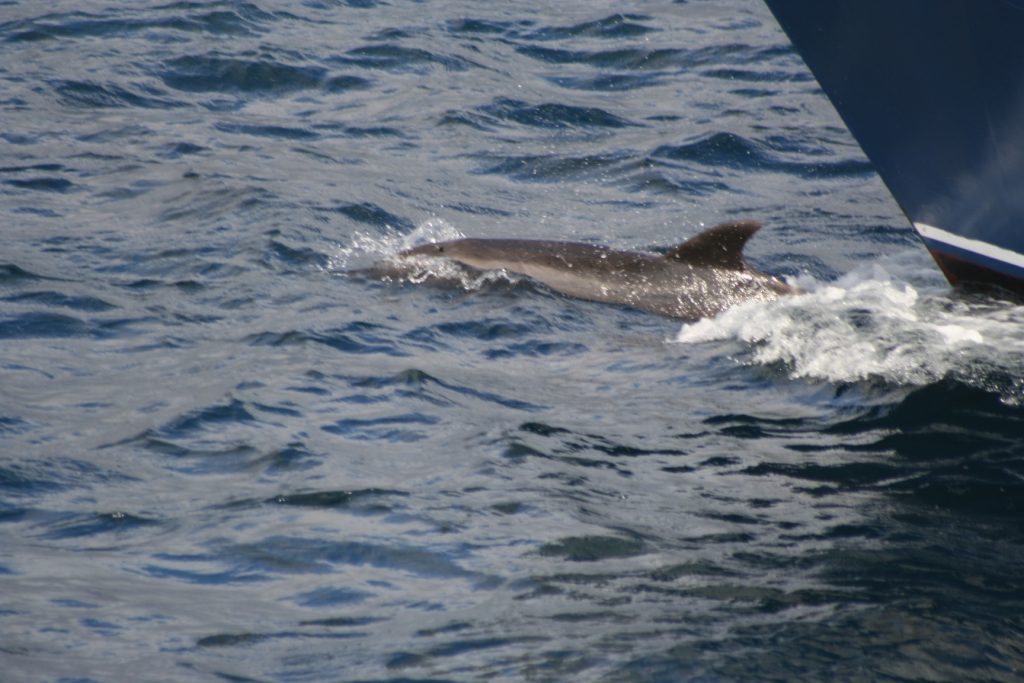
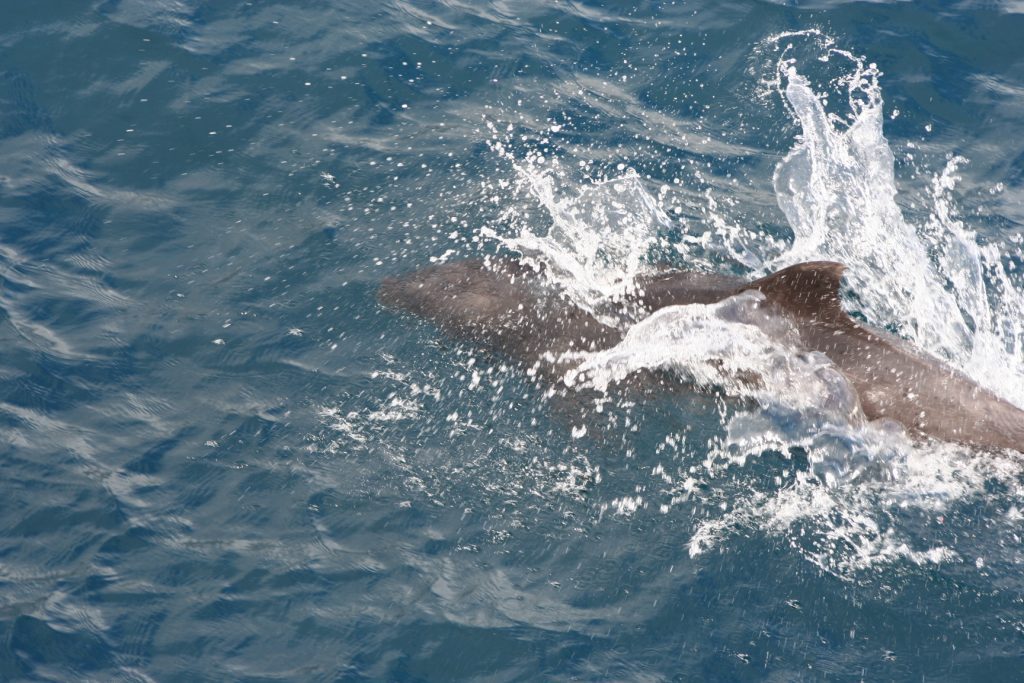
We relaxed on the boat and enjoyed sundowners with the other, more pleasant people.
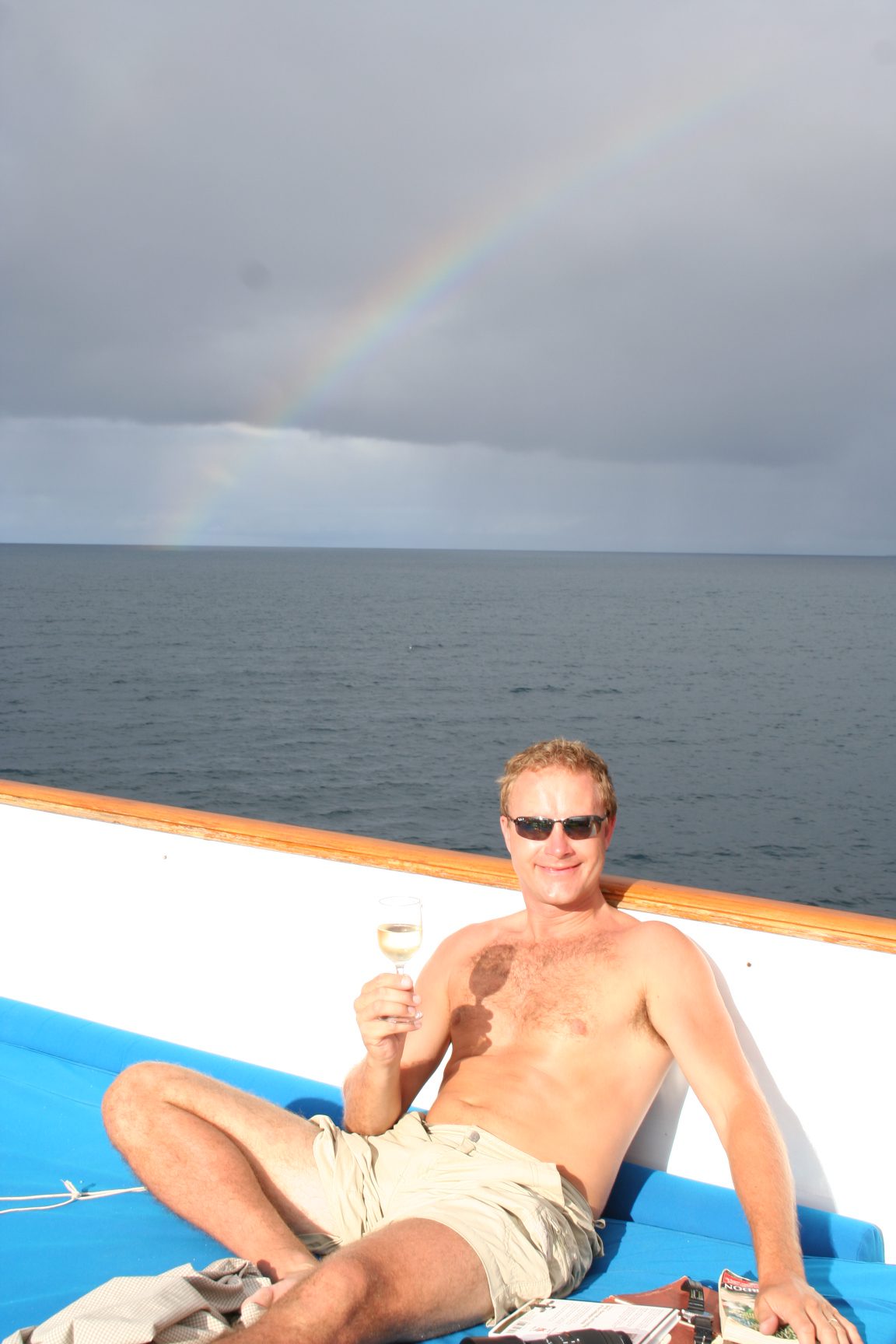
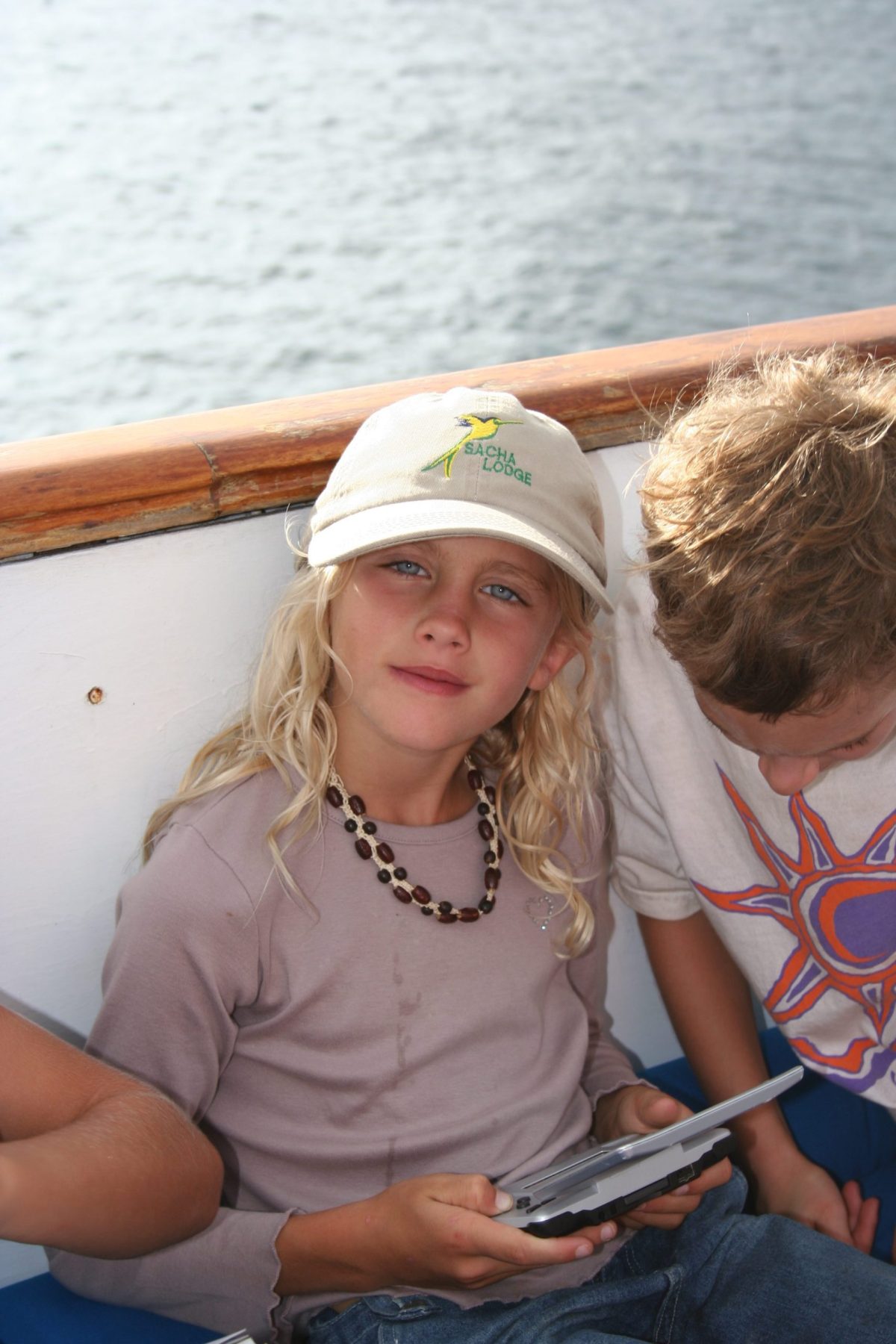
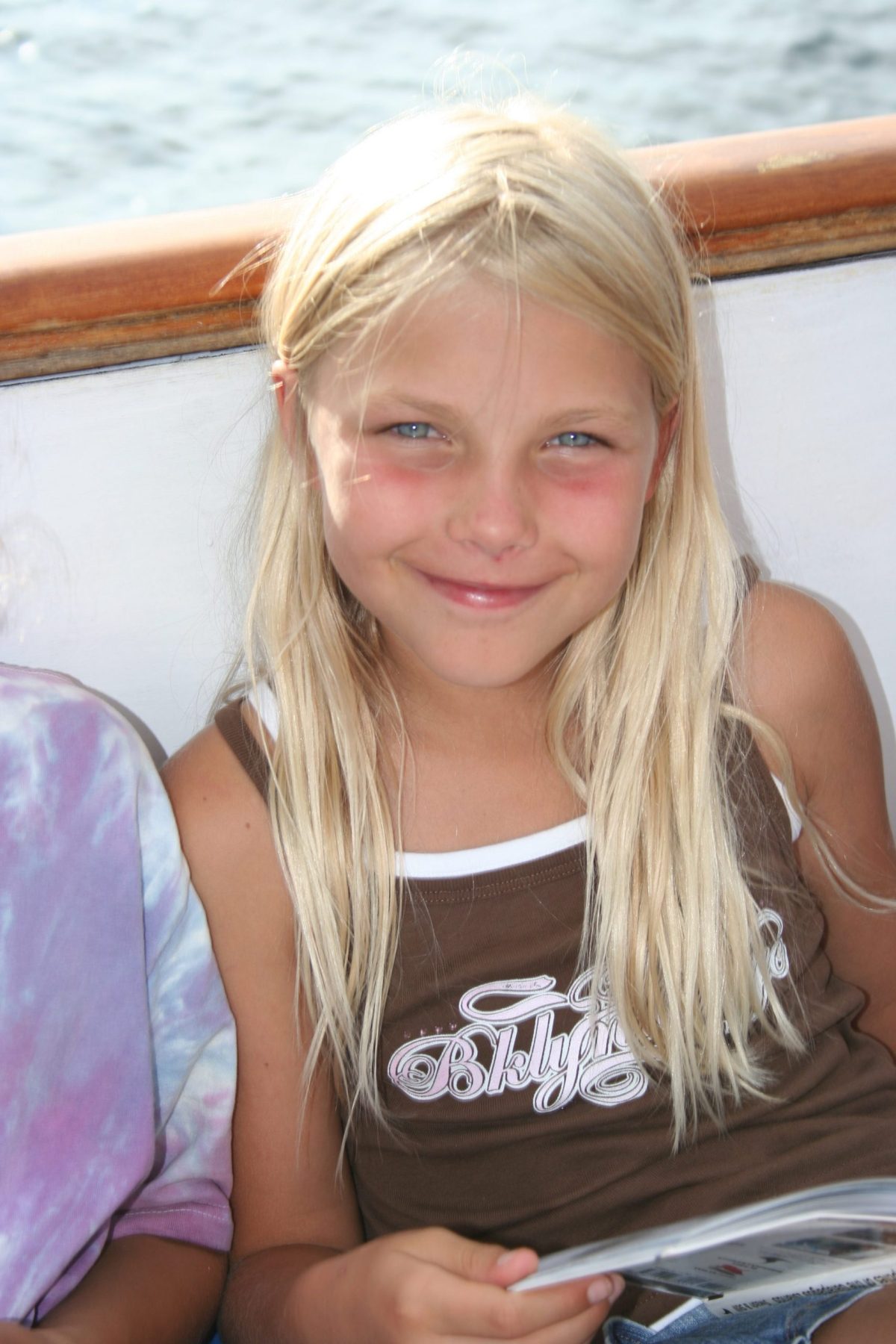
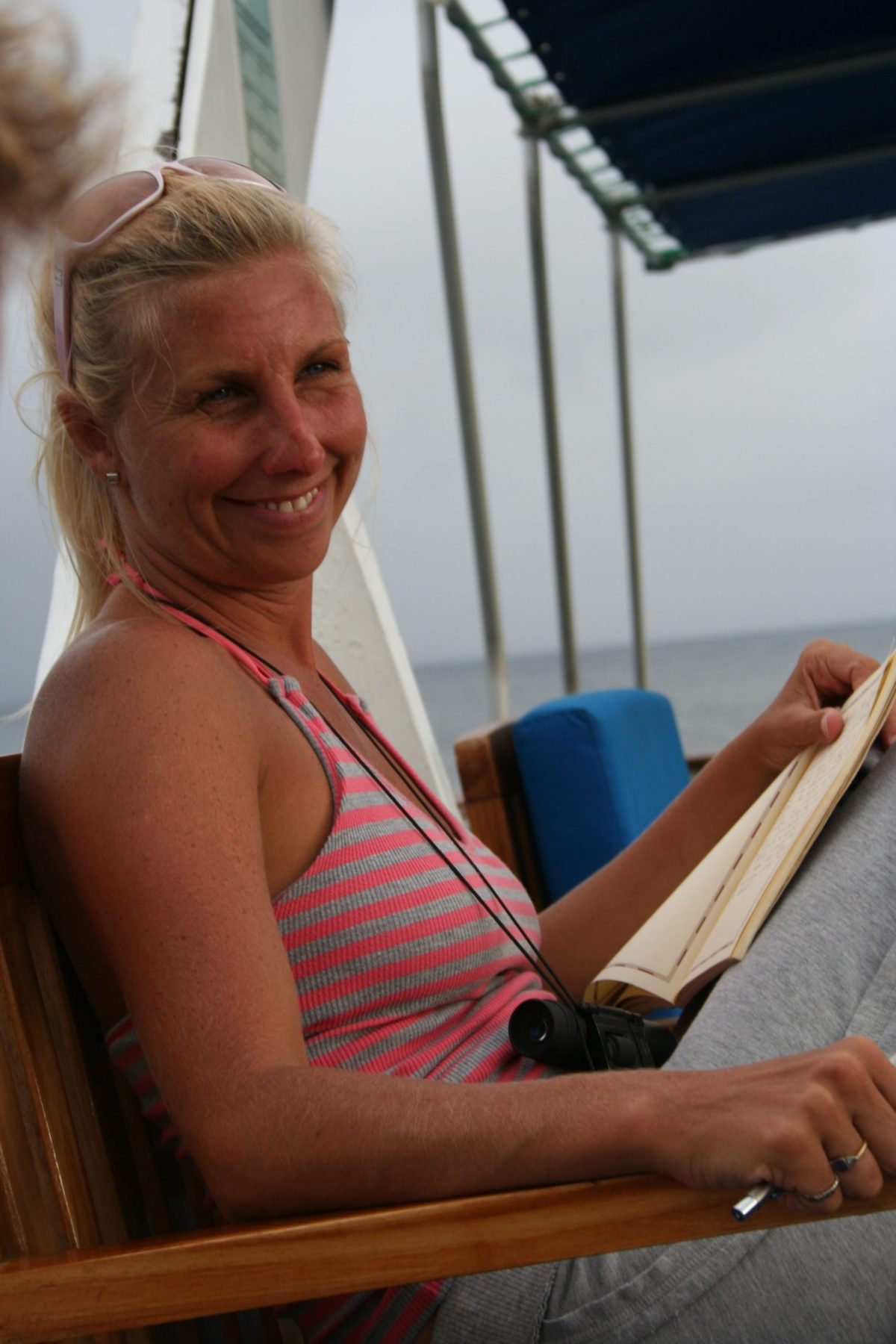
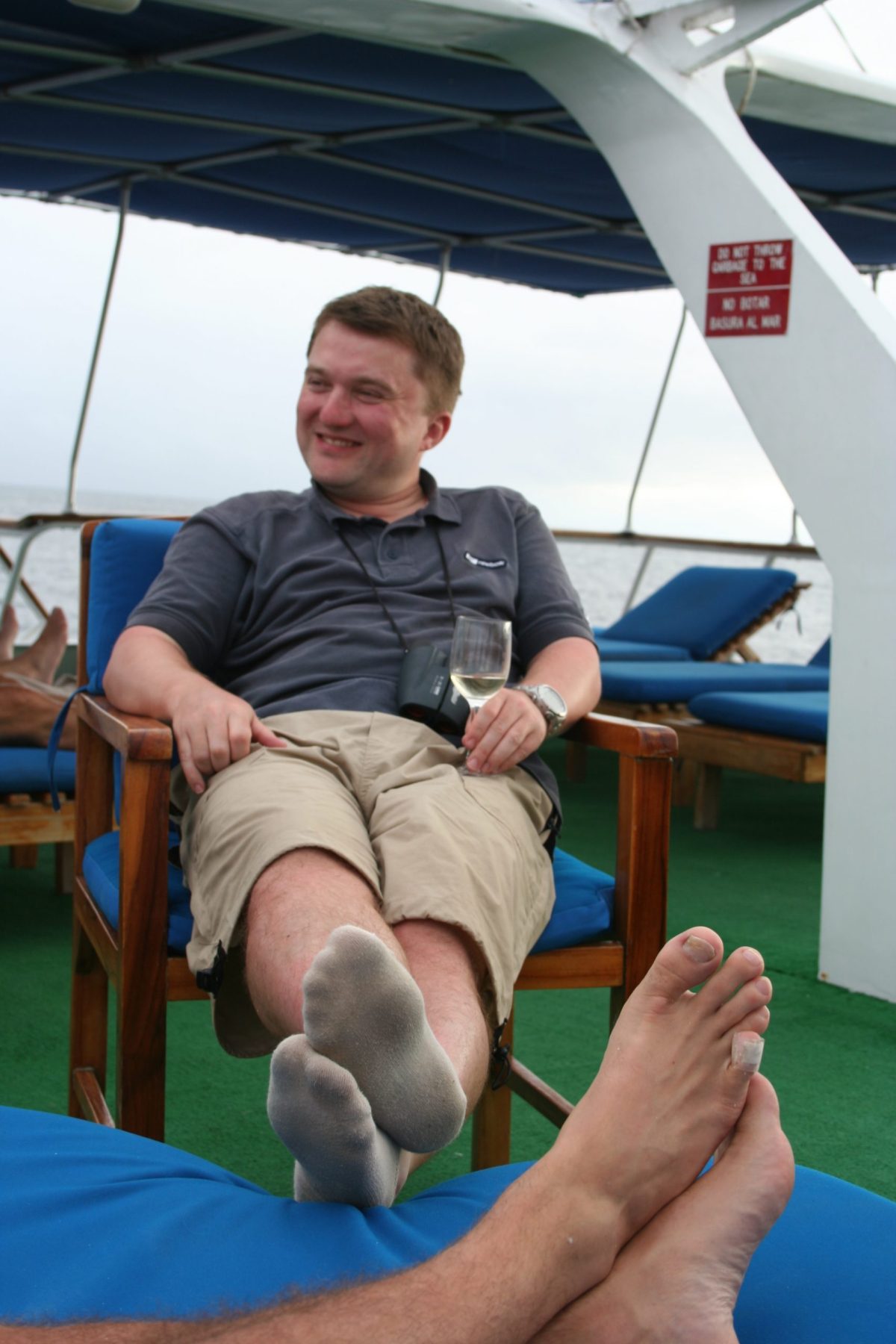
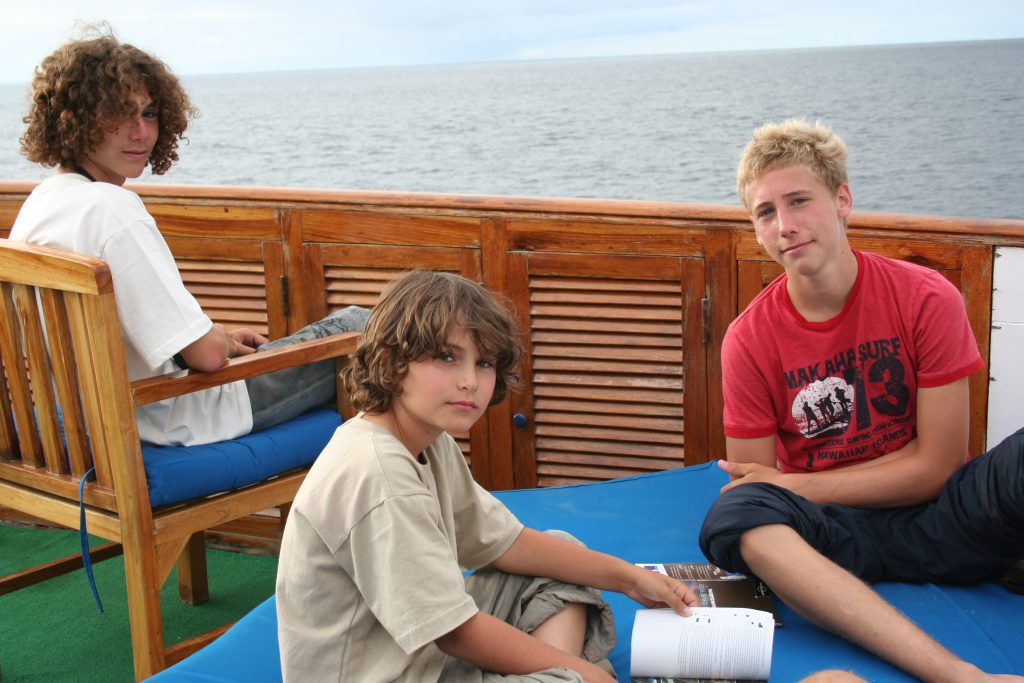
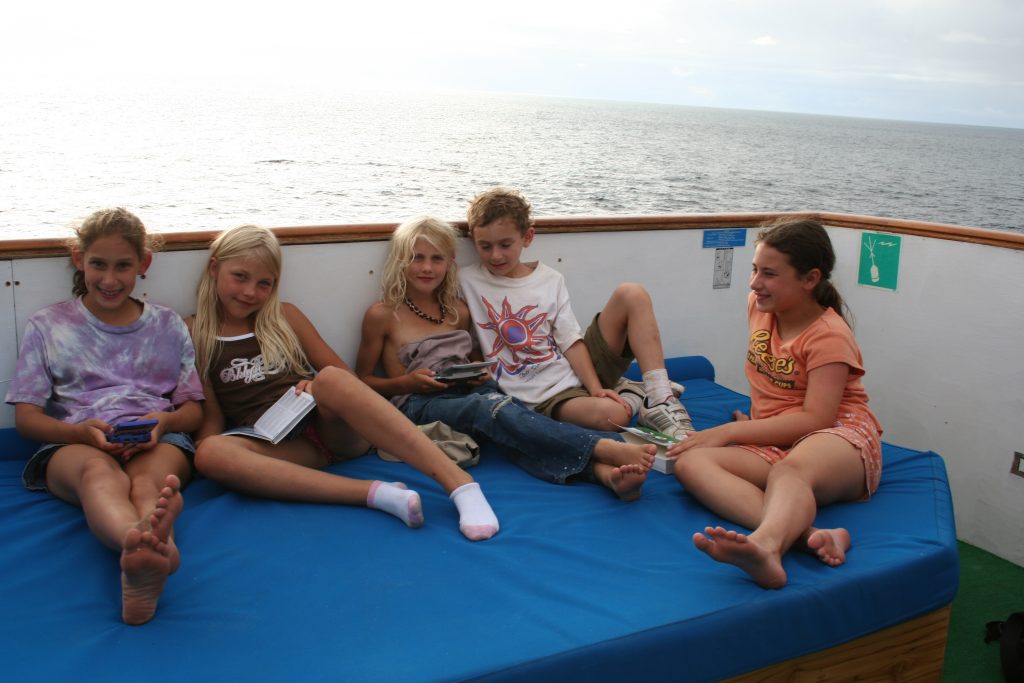
Also saw a Galapagos Horse Cochin – amazing crimson in colour with iridescent blue purple spots.
Go Back to: Galapagos
Go Back to: Genovesa
Go To: Isle Fernandina

